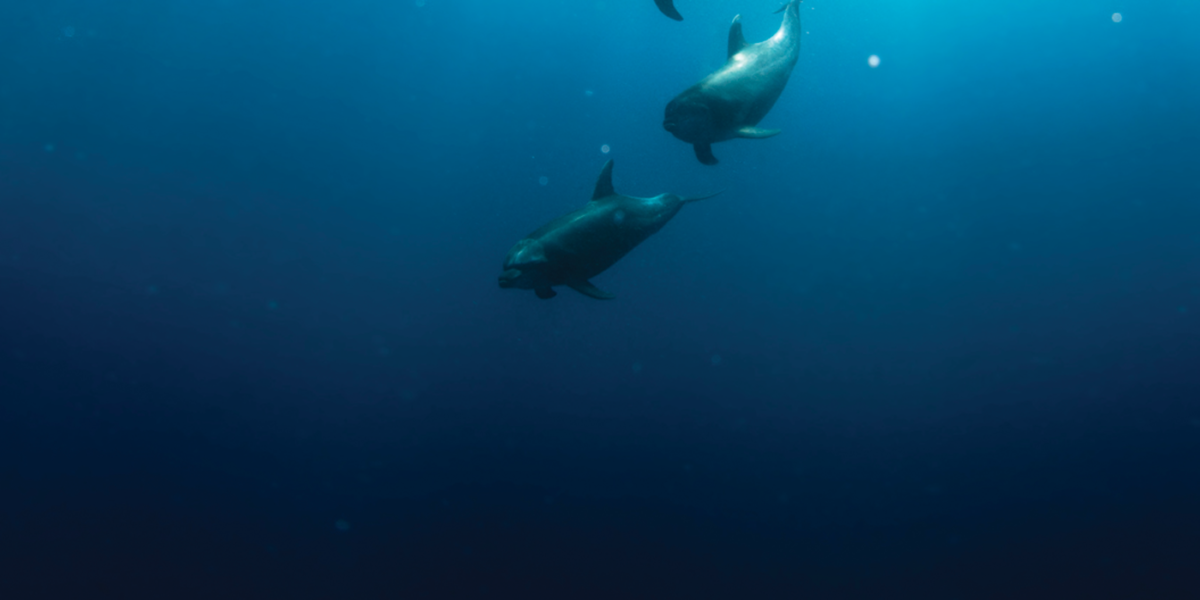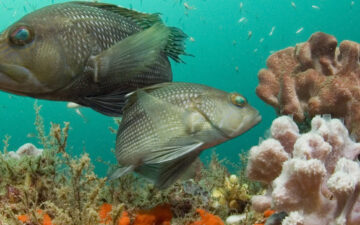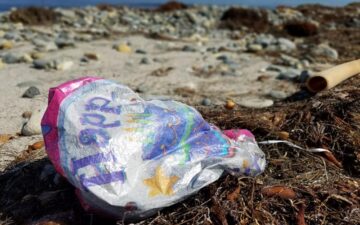On February 2nd, we at The Ocean Foundation posted a blog about status of the efforts to protect the endangered Vaquita porpoise in the Upper Gulf of California in Mexico. In the blog, we outlined why we were heartbroken to hear the further decline in the estimated number of Vaquita and our concern that the Mexican government won’t take the decisive, comprehensive action that is needed to avert extinction within a very short time.
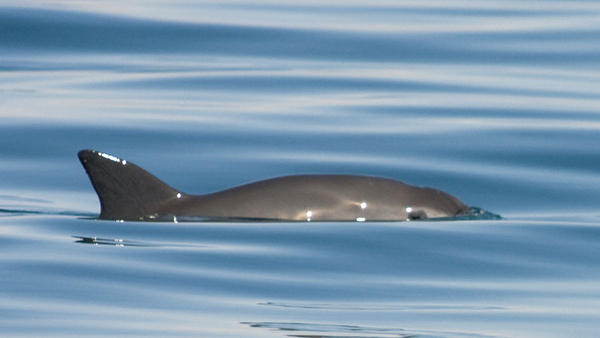
The Vaquita has been a species of concern for decades. Its habitat and that of the shrimp fishery overlap. We know that years of effort have gone into the development of new fishing gear that is less likely to kill Vaquita, and likewise, the plan for the creation of a market for shrimp that is more sustainably caught. However, because the Vaquita has months, and not years left for it to be saved, we cannot be distracted by this too limited and too-long-to-implement tool. The most important action at this time has to be the closure of its entire habitat to all gillnet fishing, and then the implementation of robust enforcement measures.
In other words, the development of a “Vaquita safe” label is an opportunity that has passed, or may come again in the future (if the Vaquita are prevented from going extinct and their numbers substantially recover).
We have a small highly endangered porpoise whose ONLY habitat lies in the northern part of the Gulf of California, whose natural habitat is partly protected on paper as a species refugium within a UNESCO biosphere reserve. We have a long-standing gill net shrimp fishery that provides a livelihood for two small fishing communities through exports to the U.S. market. We have a relatively recent and unbelievably lucrative illegal fishery in which the target is the endangered totoaba. The float bladder of this fish is prized as a delicacy in China, where it is placed in soup that can cost as much as $25,000 a bowl and where consumers believe that the fish bladder helps improve human blood circulation, skin complexion, and fertility.
We have the unbearable truth that there are fewer than half the Vaquitas now than there were in 2007.
We also have decades of investment in the development of alternative fishing gear that if fishermen were willing to use, we might be able to reduce the accidental catch of Vaquita in shrimp nets if, and only if, we even get the opportunity to allow the population to rebuild.
But first, there is much work that needs to be done to convince the Mexican Fishery Ministry CONAPESCA and the Mexican executive branch that closure of the Vaquita habitat to all human activity, or at least an absolute ban of gill nets in the Upper Gulf, and the enforcement of such a closure and ban is urgent and our last hope. We cannot promise ourselves (or allow others to) that a new market for more sustainable shrimp alone will save the Vaquita from extinction when there are just 97 Vaquita left.
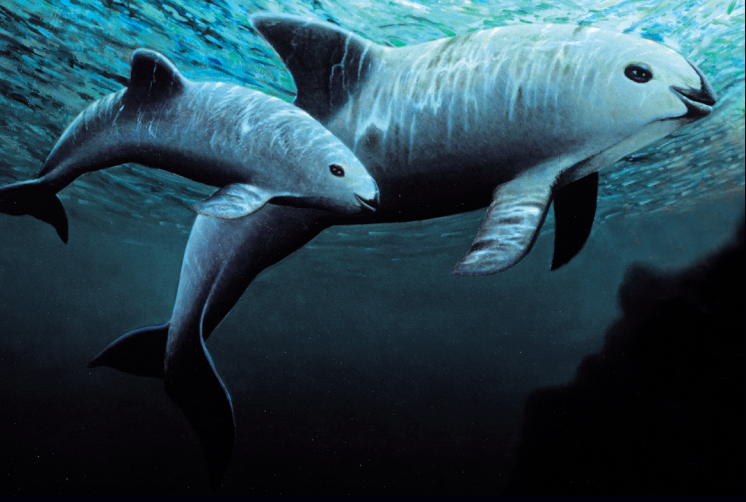
Enforcement of the Vaquita reserve against illegal fishing is what has been lacking and is the only solution possible in the short-term. This has been a primary conclusion of every CIRVA report (International Committee for the Recovery of the Vaquita), the PACE (Conservation Action Programs) and the NACAP report (North American Conservation Action Plan) and was agreed to by everyone on the Mexican Presidential Commission. Constant delay rather than action has allowed the number of Vaquita to plummet and the number of totoaba to be captured and smuggled to China to skyrocket—a second extinction is likely.
Supposedly, the Mexican government will finally implement the necessary protections with full enforcement on the first of March. However, there remains considerable concern that the Mexican government does not have the political will to make the closure and enforcement decision. It will require going up against the powerful drug cartels, and also against a pair of small communities (Puerto Peñasco and San Carlos) who have a history of serious and violent protests —and given there is simmering unrest on other fronts, such as those who are still enraged about the massacre of the 43 students and other atrocities.
It is tempting, if one is in the decision-making seat, to continue the unsuccessful strategy of small steps and big ideas about market-based solutions. It looks like action, it avoids the cost of compensating the fishers for lost income and of actual enforcement, and it avoids confronting the cartels by intervening in the illegal totoaba trade that is so lucrative. It is even tempting to fall back on the heavy investment to date in the potential of alternative gear as a success.
The United States is the biggest consumer of Gulf of California shrimp.
We are the market, as we are also the market for the products of the cartels. We are clearly the transshipment point for the totoaba on its way to becoming soup in China. The number of fish bladders that have been intercepted at the border is likely the tip of the iceberg of the illegal trade.
So what should happen?
The U.S. government should make it clear that Gulf of California shrimp are not welcome until the enforcement is in place and the Vaquita begins to recover. The U.S. government should step up its own enforcement efforts to avert the extinction of the totoaba—which is listed under CITES and the US Endangered Species Act. The Chinese government should eliminate the market for totoaba by enforcing the trade restrictions and making it illegal to use endangered species for questionable health remedies.
